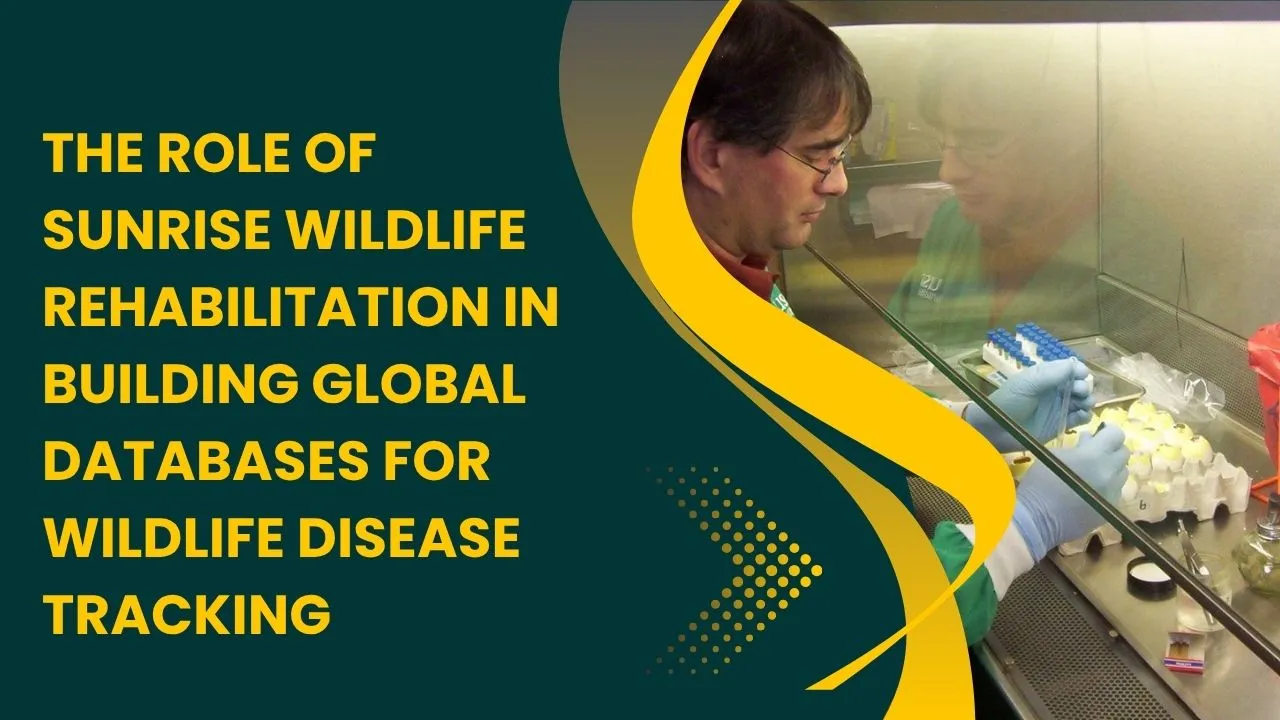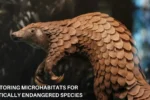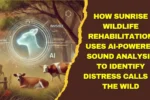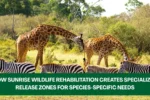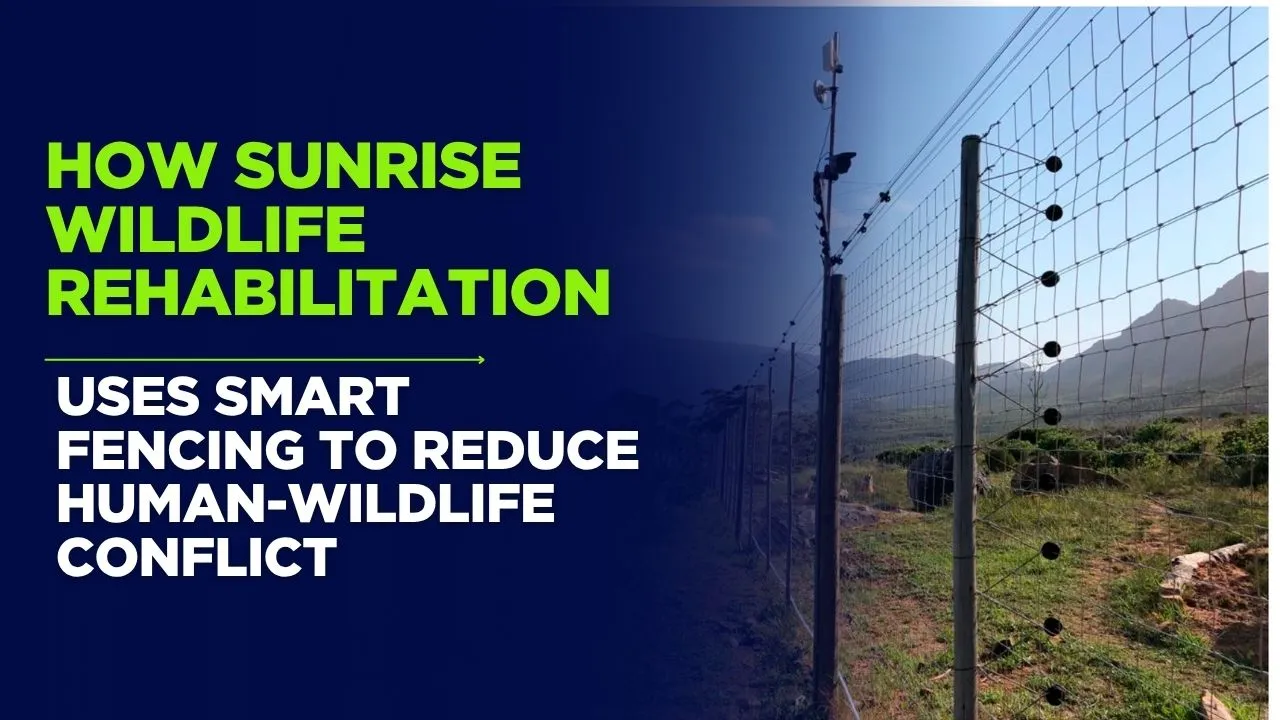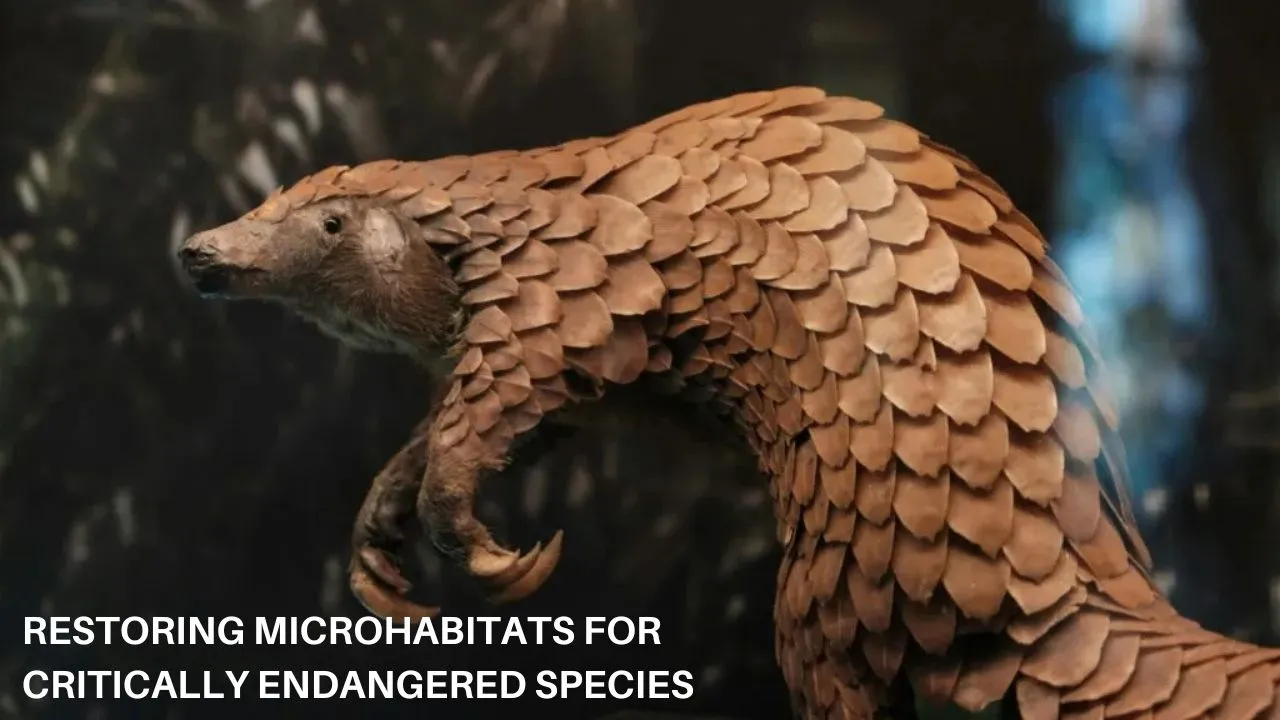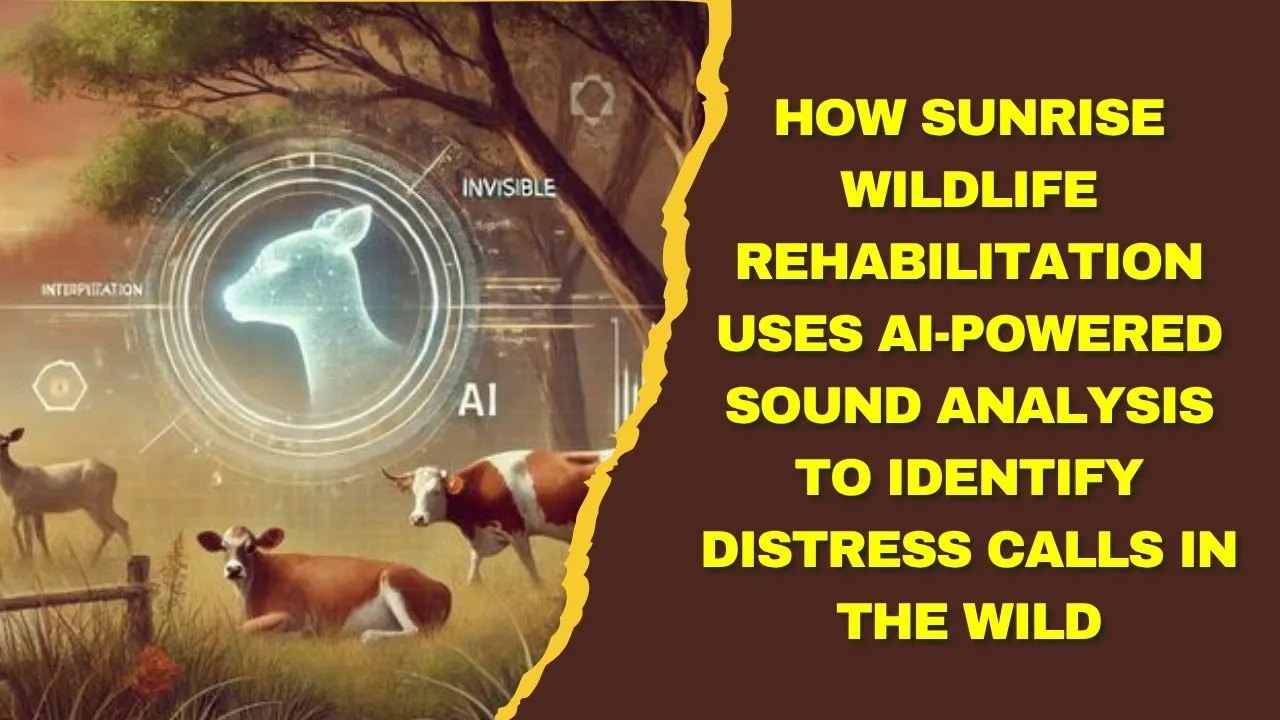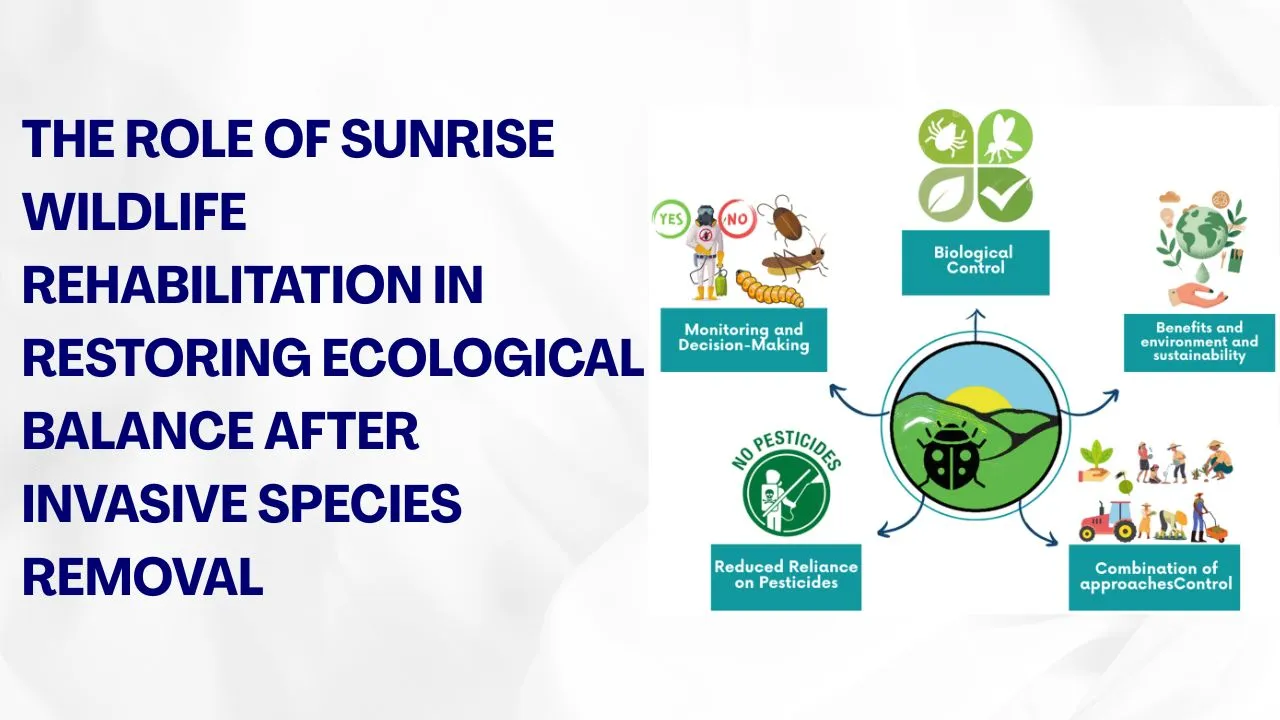Sunrise Wildlife Rehabilitation has become a vital link between local wildlife care and global health protection. In a world where environmental changes and human activity have increased the spread of animal-borne diseases, the need for accurate, timely wildlife health data is greater than ever. Every injured bird, rescued mammal, or rehabilitated reptile represents not just a life saved, but also a valuable source of information for scientists working to understand disease patterns and protect biodiversity.
This article examines how Sunrise Wildlife Rehabilitation gathers and shares data with worldwide health databases, why this information is crucial for both animals and humans, and how technology and community partnerships strengthen these efforts. You’ll learn about the center’s mission, its methods, the challenges it faces, and the remarkable impact such a facility can have on global disease prevention.
Sunrise Wildlife Rehabilitation: Connecting Local Care with Global Insight
As a respected rehabilitation center, Sunrise Wildlife Rehabilitation combines hands-on animal rescue with advanced disease surveillance techniques. While the core goal is to heal and release animals back into their natural habitats, every case offers scientific value. Staff and volunteers document symptoms, perform diagnostic tests, and record environmental details. This data doesn’t stay on local shelves — it’s uploaded to international wildlife health databases, where it becomes part of a much larger picture of global biodiversity protection and zoonotic disease prevention. This dual role — caregiver and information provider — allows Sunrise to influence not just the survival of individual animals, but the overall stability of ecosystems worldwide.
Why Global Wildlife Disease Tracking Matters
Wildlife disease tracking is a cornerstone of modern wildlife conservation. Diseases such as avian influenza, white-nose syndrome in bats, or distemper in wild carnivores can cause devastating population declines and disrupt entire ecosystems. When such illnesses go unnoticed, they can silently spread across regions, threatening endangered species and even human health.
Through accurate, detailed reporting, global databases help scientists spot early warning signs, identify new threats, and develop targeted responses. Organizations like Sunrise Wildlife Rehabilitation bring essential ground-level observations into these systems, making disease monitoring more precise and proactive.
Sunrise Wildlife Rehabilitation’s Mission and Work
At its core, Sunrise Wildlife Rehabilitation is about giving injured, sick, and orphaned wildlife a second chance. From rescuing a hawk with a wing injury to nursing a fox pup back to health, every case is handled with care and professionalism. However, the center’s mission extends beyond immediate recovery.
By documenting each patient’s condition, treatment, and outcome, Sunrise builds a robust archive of wildlife health monitoring data. This not only improves in-house treatment strategies but also feeds valuable information to research institutions and public health organizations focused on ecological balance and disease prevention.
How Sunrise Contributes to Global Databases
The process begins the moment an animal arrives. Staff log details such as:
- Species and basic biological data
- Location of rescue, using GPS coordinates
- Symptoms and medical findings
- Test results for possible diseases or parasites
This information is entered into specialized platforms shared by wildlife health networks. For scientists, the value lies in its real-time nature — allowing them to see patterns as they emerge. A sudden cluster of respiratory infections in a certain area, for example, could point to an environmental hazard or a new pathogen.
Technology Behind the Tracking
Technology enables Sunrise Wildlife Rehabilitation to turn local care into global intelligence. The center uses secure digital databases, GPS mapping tools, and mobile data entry systems to speed up the reporting process. Images, lab reports, and case histories can be shared with research partners instantly.
These tools also allow automated alerts when unusual trends are detected. For instance, if several animals from the same region test positive for the same disease, the system can flag this for immediate investigation by disease surveillance teams.
Benefits of Sunrise’s Work for Wildlife and Humans
The benefits of Sunrise Wildlife Rehabilitation’s work ripple outward. On the wildlife side, early detection of illness helps protect vulnerable populations, especially endangered species. On the human side, tracking diseases with zoonotic potential — such as rabies or avian flu — can prevent outbreaks before they spread widely.
The integration of animal rescue, data collection, and habitat preservation initiatives means Sunrise is contributing to both public health and environmental resilience.
Key Contributions of Sunrise Wildlife Rehabilitation
- Local Observation, Global Impact: Every patient’s data adds to a worldwide effort to safeguard biodiversity and prevent disease outbreaks.
- Education and Awareness: The center runs public programs teaching communities how to report sick wildlife and understand the importance of conservation.
Challenges in Wildlife Disease Tracking
Despite its successes, Sunrise Wildlife Rehabilitation faces challenges. Limited funding can restrict access to advanced diagnostic tools. Remote rescue sites may lack immediate transport, delaying care and data collection. Additionally, the complexity of wildlife diseases — which often involve multiple species and environmental factors — makes rapid diagnosis difficult.
Still, the dedication of trained staff, partnerships with universities, and public support help the center overcome these obstacles.
The Global Collaboration Effort
Disease surveillance works best when data is shared widely. Sunrise Wildlife Rehabilitation collaborates with government agencies, conservation organizations, and academic researchers. This ensures that information from a single rescued bird in one country could help shape conservation strategies on another continent.
Global collaboration is especially vital in today’s interconnected world, where migratory species and shifting climate patterns can move pathogens across borders faster than ever.
Community Involvement in Disease Tracking
Local communities are a vital part of the process. People who live near natural habitats are often the first to notice signs of illness in wildlife. Sunrise Wildlife Rehabilitation encourages public reporting and provides guidance on safe handling and observation. This community engagement not only improves rescue rates but also strengthens the quality and reach of disease tracking.
Looking Ahead: The Future of Wildlife Health Tracking
As climate change alters habitats and increases stress on wildlife, the risk of disease spread will continue to grow. Sunrise Wildlife Rehabilitation is investing in new technologies, including AI-assisted disease detection and portable diagnostic kits, to stay ahead of emerging threats.
By deepening partnerships and expanding its educational outreach, the center aims to be not just a treatment facility but a global leader in wildlife health monitoring and conservation intelligence.
FAQs
Q1: What types of animals does Sunrise Wildlife Rehabilitation care for?
They treat a variety of wildlife, including birds, mammals, and reptiles, depending on local species and seasonal rescues.
Q2: How is disease data from Sunrise used globally?
Data is shared through international wildlife health networks, helping track and respond to emerging disease threats.
Q3: Why is wildlife disease tracking important for people?
Many wildlife diseases can affect humans, so early detection protects both ecological and public health.
Q4: Can the public participate in Sunrise’s work?
Yes, by reporting sightings of sick or injured wildlife and supporting conservation education efforts.
Q5: Does Sunrise focus only on local impact?
No, their data contributions influence global disease tracking and biodiversity protection strategies.
Conclusion
The work of Sunrise Wildlife Rehabilitation proves that local action can have global significance. By combining skilled animal care with rigorous disease surveillance and open data sharing, they protect individual lives, safeguard species, and strengthen the world’s ability to prevent health crises. Their partnerships, community engagement, and forward-thinking use of technology make them a model for how wildlife conservation can thrive in the modern age.
If you value biodiversity and healthy ecosystems, consider supporting centers like Sunrise. Share their story, stay informed, and take part in protecting the wildlife that keeps our planet’s ecological balance intact.
